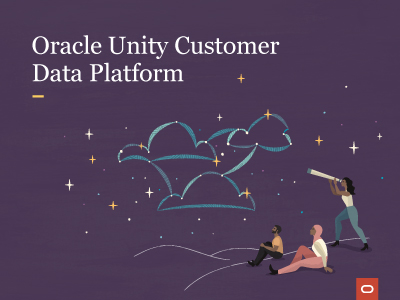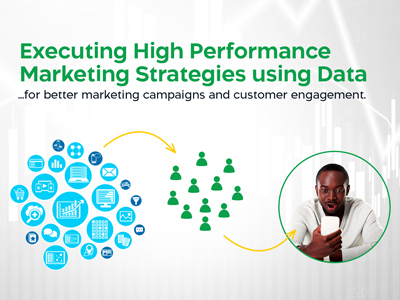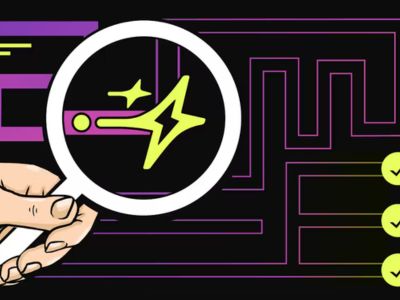3 Ways to Increase Revenue With Your Customer Data Platform
July 1, 2021Imagine you’re planning a vacation. You start packing all the items you’ll need based on your destination — clothes, toiletries, travel documents. With some careful planning and a little bit of elbow grease, you get everything to fit in your suitcase.
All set, right? Not quite. Tossing a bathing suit into your suitcase doesn’t mean you’ll soon be swimming. Unless you’ve also booked your flight and made a hotel reservation, you’re not going anywhere.
Driving revenue with customer data works much in the same way. Collecting and unifying data to create a comprehensive customer profile is essential, but it’s only one step in the process. You have to know how to take action on your customer data — and empower business users to do so — in order to boost your bottom line.
Lucky for you, your customer data platform (CDP) is here to help. Here are three ways you can use your CDP to enhance and expand revenue streams across the entire customer lifecycle — from acquisition to retention.
1. Optimize Customer Acquisition
You have ideal prospects — people who are not only more likely to click and convert than the average consumer, but also spend more money with your brand over time. Use lookalike modeling to understand who they are and the best ways to engage them.
Analyze the characteristics and behaviors of your most high-value and happy customers to determine which attributes and actions your premier prospects should display. Once you know which consumers are likely to spend faster, longer and in higher amounts with your brand, you can operationalize your model within your CDP to target the most valuable opportunities.
Likewise, lookalike modeling can help you focus on the content and channels that are proven to move the needle. By understanding which types of content and acquisition channels resonate most with your ideal prospects and drive the highest conversions, you can put marketing dollars behind the materials and mediums that drive the best results.
Identifying high-value prospects via lookalike modeling has helped ActionIQ customers achieve a 13% increase in average order value among new customers.
2. Personalize Omnichannel Experiences
Today’s consumers demand personalized experiences — and they’re putting their money where their mouths are.
Not only can brands expect a 19% increase in sales from increased personalization, but data shows that 78% of consumers are more likely to become brand loyalists if you provide them with personalized customer experiences.
Use a 360-degree view of your customers to eliminate one-size-fits-all marketing campaigns and replace them with impactful, 1:1 interactions. First, view and create customer attributes — such as location, loyalty status, customer lifetime value scores and spend thresholds — in your CDP to better identify and understand your customers. Next, create customer segments to personalize your messaging and determine optimal channel outreach for specific audiences.
You can mix and match segments within your CDP to create new ones and see where they overlap with other segments, such as at-risk and high-value customers. This will allow you to analyze customer behaviors, visualize trends and identify any potential anomalies.
Activate real-time customer experiences from within your CDP using in-the-moment customer actions as your guide. For instance, if a high-intent customer leaves your website before completing a purchase, you can automatically engage them on their channel of choice to remind them of the product in their online cart. And by using both contextual and historical customer data, you can ensure your messaging is as personalized as possible.
Take it a step further by orchestrating multi-step customer journeys across all your channels with real-time channel optimization. Select a target audience, determine which channels to activate based on their specific attributes and evaluate performance across each touchpoint to inform future customer journey creation.
Remember that timing, location and messaging all play a critical role in driving results. For example, using customer data to determine which product recommendations perform best after an initial purchase for specific audiences — and understanding when and where to surface them — has helped ActionIQ customers increase 90-day purchase rates by 25% after the first order.
3. Improve Customer Retention
Not only is it more expensive to win new customers than to retain existing ones, but your existing customers will make purchases more frequently and spend larger amounts of money. That’s how a 5% increase in customer retention can grow customer revenue by as much as 95%.
Fortunately, lookalike modeling can be used for more than identifying high-value prospects — it can also help you predict customer churn. Analyze your churned customers to identify similarities in attributes and behaviors, then apply this model to your active customer base to flag commonalities. Segment your at-risk customers and proactively run campaigns designed to boost brand loyalty.
Using lookalike models to predict churn and target specific customers for proactive outreach has helped ActionIQ customers reduce churn by 10% while increasing customer engagement by 15%.
Every interaction with your customers is a chance to increase sales, but only if you have the right data — and the tools necessary to take action on it. While lots of technologies help you gather customer data, only CDPs built with business users in mind enable you to orchestrate customer experiences at scale across all relevant channels from within a single platform.
Learn More
Download our 2021 CDP Market Guide to learn more about CDPs, how to use customer data to increase sales and the role technology plays in helping you drive more revenue.
This post first appeared on the ActionIQ blog. To see the full article, click here.


